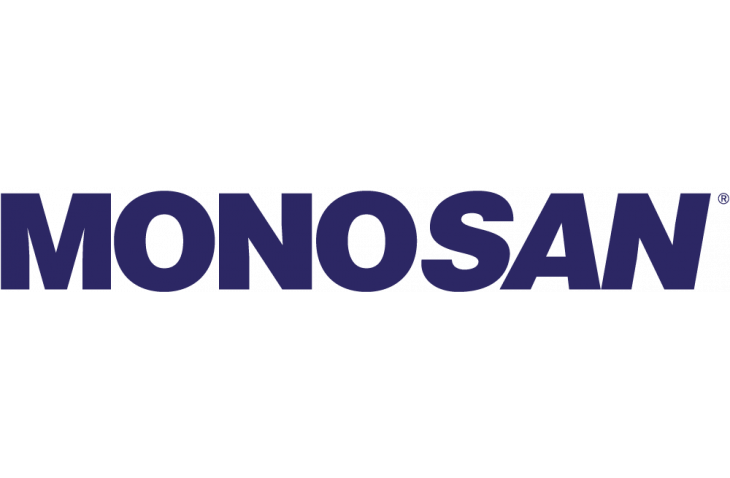Mutations within the BRCA1 gene, localized to chromosome 17q, are believed to account for approximately 45% of families with increased incidence of both early-onset breast cancer and ovarian cancer. The BRCA1 gene is expressed in numerous tissues, including breast and ovary, and encodes a predicted protein of 1,863 amino acids. This protein contains a RING domain near the N-terminus and appears to encode a tumor suppressor. BARD1 (BRCA1-associated RING domain protein 1) and BAP1 (BRCA1-associated protein 1) have both been shown to bind to the N-terminus of BRCA1 and are potential mediators of tumor suppression. BARD1 contains an N-terminal RING domain and three tandem ankyrin repeats. The C-terminus of BARD1 contains a region with sequence homology to BRCA1, termed the BRCT domain. BAP1 is a ubiquitin hydrolase and has been shown to enhance BRCA1-mediated cell growth suppression. Pre-treatment: Heat induced epitope retrieval in 10 mM citrate buffer, pH6.0, or in 50 mM Tris buffer pH9.5, for 20 minutes is required for IHC staining on formalin-fixed, paraffin embedded tissue sections. Control tissue Pancreas, breast carcinoma, ovarian carcinoma. Staining Nuclear and cytoplasmic.
Do you have any questions about this product?
Order your product by email
Productname
Mouse anti-BAP1, clone C-4 (Monoclonal)
MON10216
By filling out this form, you are placing an order by e-mail. You will receive an order confirmation within one working day. The order cannot be modified after receipt of the order confirmation.
Request a sample
Productname
Mouse anti-BAP1, clone C-4 (Monoclonal)
MON10216
By filling out this form, you request a sample. You will receive an order confirmation within one working day. The order cannot be modified after receipt of the order confirmation.
Are you looking for specific products, alternatives or documentation?











